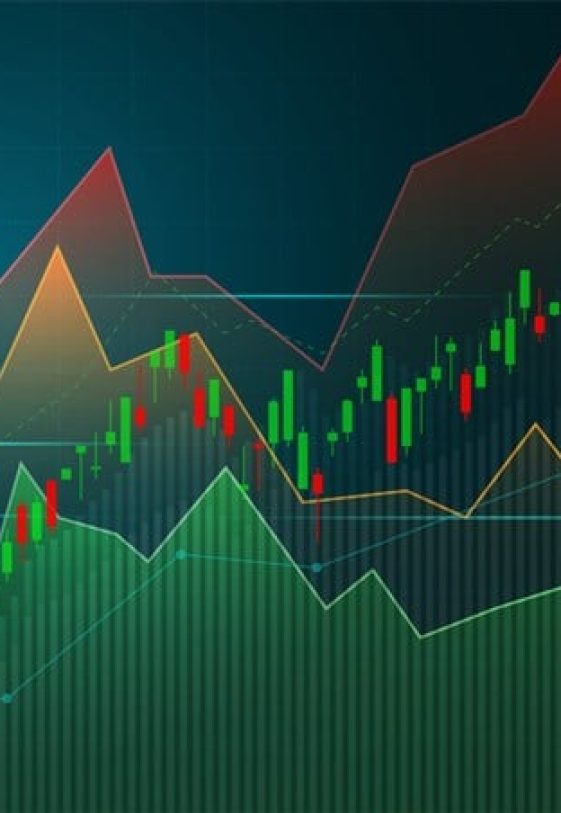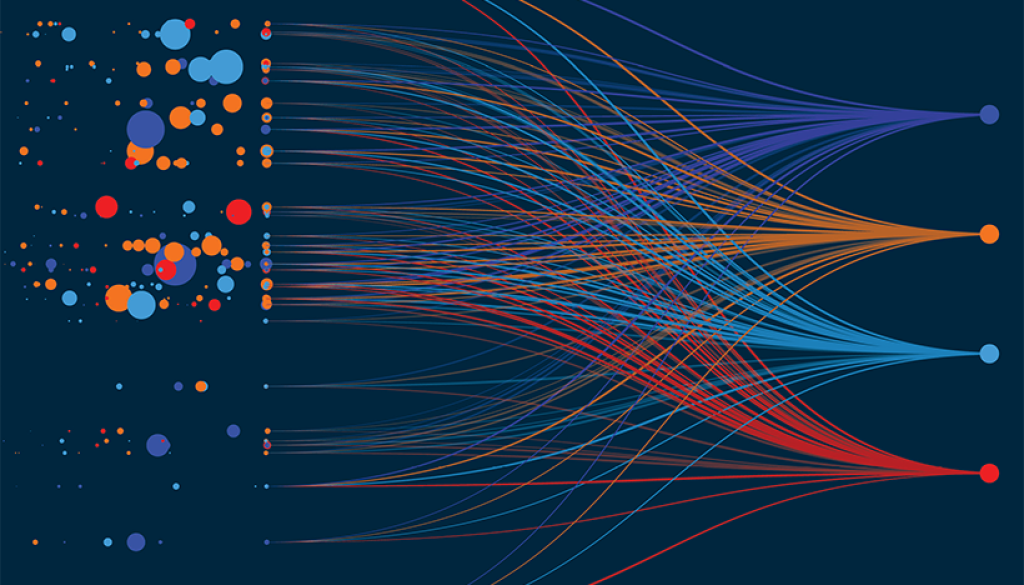The rise of High Frequency Trading

Rise
Of High Frequency Trading
In the modern financial ecosystem, High-Frequency Trading (HFT) has emerged as the pinnacle of trading methodologies, shaping markets and driving liquidity worldwide. Leveraging the power of advanced algorithms, computational power, and ultra-low latency networks, HFT has redefined how assets like forex, commodities, stocks, and cryptocurrencies are traded.
What is HFT ?
High Frequency Trading is a form of algorithmic trading that executes a high volume of orders at extremely fast speeds. Unlike traditional trading, where decisions are often manual and slower, HFT employs sophisticated algorithms to analyze multiple markets and execute orders within milliseconds or microseconds. HFT is widely used across various asset classes, including equities, derivatives, and commodities like gold (XAUUSD) and crude oil.
The defining characteristics of HFT include:
-
Speed: Trades are executed in microseconds, often faster than the blink of an eye.
-
Volume: Thousands of trades are executed daily, capturing small profits from minute price discrepancies.
-
Automation: Completely automated processes with minimal human intervention.
-
Market Impact: Provides liquidity and narrows bid-ask spreads, benefiting all participants.
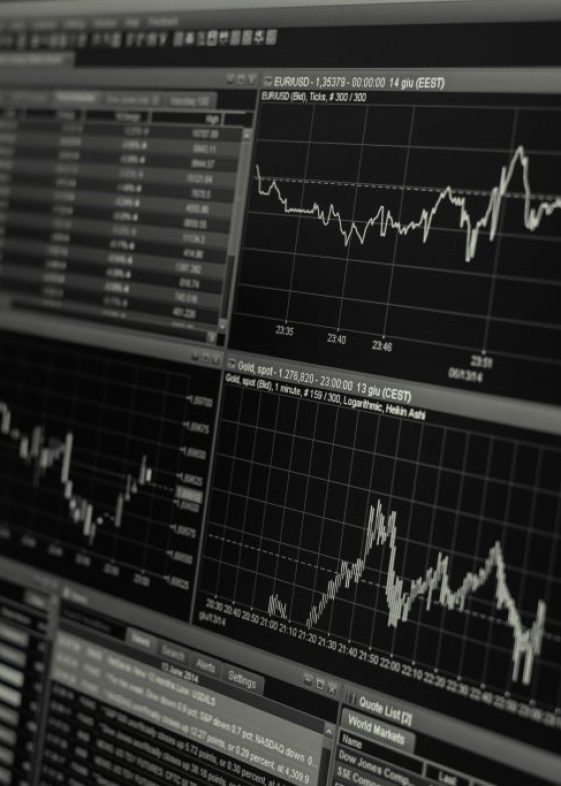
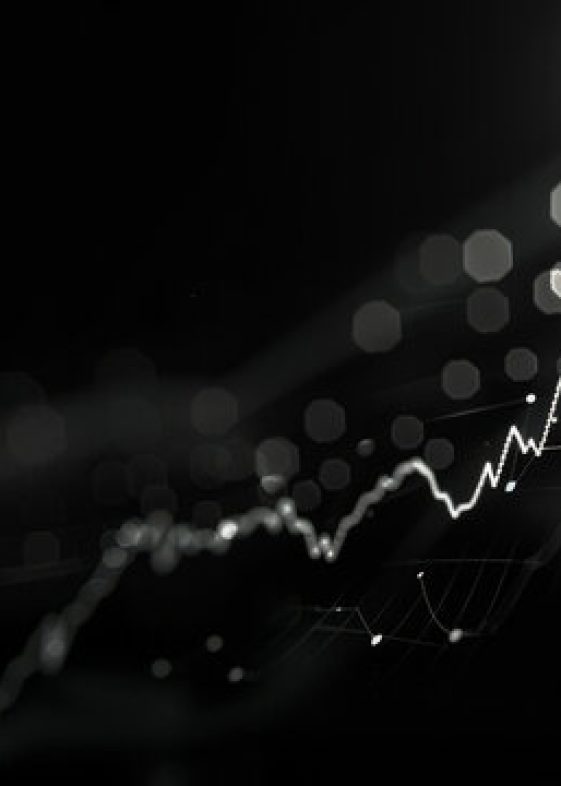
How it works ?
HFT systems leverage mathematical models and statistical analysis to detect profitable opportunities. They thrive on market inefficiencies and arbitrage opportunities by employing:
-
Latency Arbitrage: Exploiting minute price differences across exchanges.
-
Market-Making Strategies: Continuously quoting buy and sell prices to profit from the bid-ask spread.
-
Statistical Arbitrage: Identifying patterns and correlations in asset prices.
-
Event-Based Trading: Reacting instantaneously to news or economic data releases.
The success of HFT relies on infrastructure such as co-location services, where trading firms place their servers near exchange servers to minimize latency.
Why HFT Trading Ranks Number One ?
1. Dominance in Market Volume
HFT accounts for a significant portion of trading activity globally. In equity markets, HFT is estimated to contribute over 50% of the total volume, with similar dominance in forex and commodity markets. The sheer volume ensures it remains a cornerstone of market activity.
2. Liquidity Provision
By executing numerous trades rapidly, HFT firms add immense liquidity to markets. This liquidity benefits retail and institutional traders by reducing transaction costs and narrowing spreads.
3. Profitability Through Precision
HFT excels in capturing micro-profits with high accuracy. Even when profit margins per trade are razor-thin, the high trade frequency ensures consistent profitability over time.
4. Innovation and Technology
The integration of cutting-edge technologies such as Artificial Intelligence (AI) and Machine Learning (ML) allows HFT algorithms to adapt to market changes dynamically. Continuous innovation in hardware and software places HFT at the forefront of trading strategies.
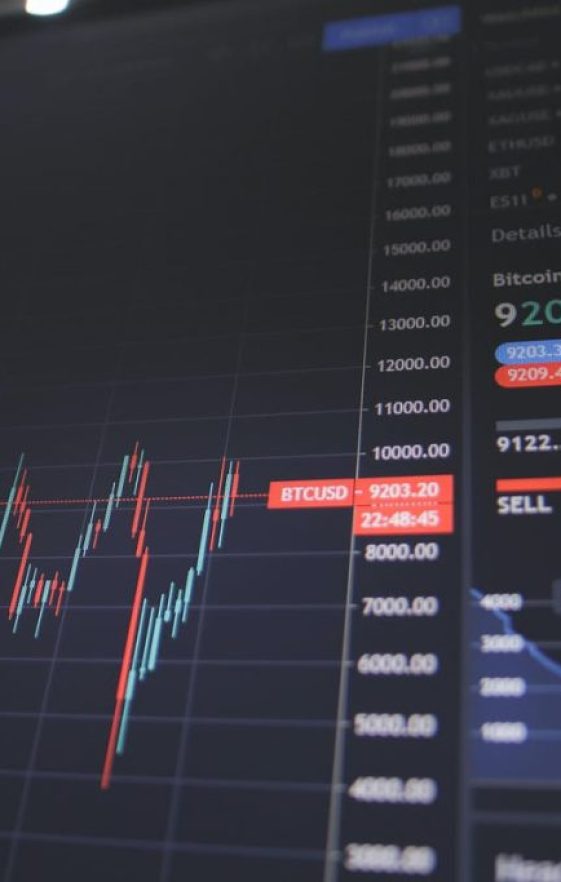
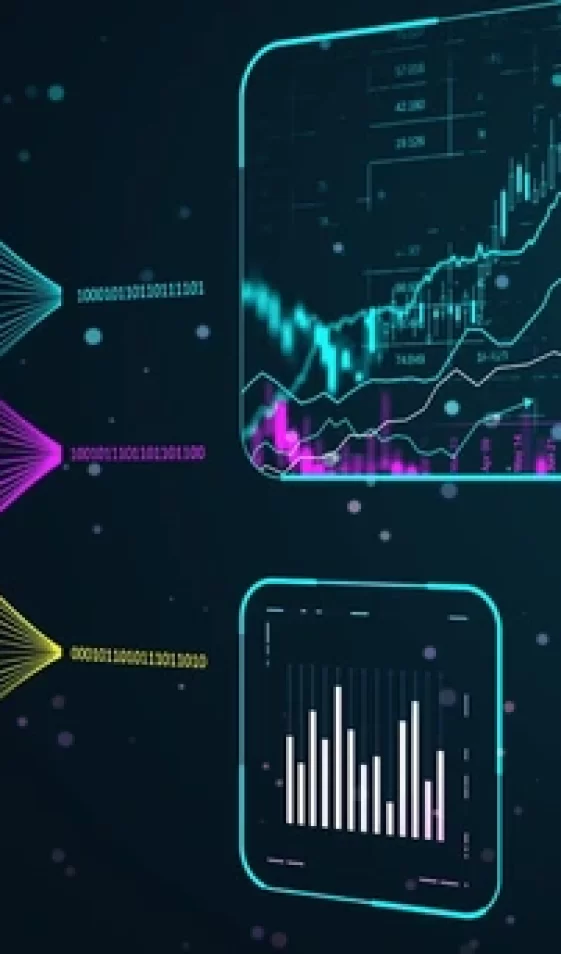
HFT in Forex and Commodities ?
HFT plays a significant role in the forex market, the world’s largest financial market with daily turnover exceeding $6 trillion. Key features include:
Currency Pairs: High liquidity pairs like EUR/USD and USD/JPY are primary targets.
Volatility: Algorithms capitalize on minute price movements to generate profits.
In the commodities market, HFT focuses on high-volume assets such as Gold (XAUUSD) and Crude Oil (WTI). For example, 3Algos’ High-Frequency Trading Agent for MetaTrader 5 (MT5) demonstrates the efficiency of automated systems in exploiting commodity price fluctuations.
Challenges of High-Frequency Trading
Despite its advantages, HFT faces criticism and challenges:
Market Volatility: Critics argue that HFT can exacerbate market volatility during extreme conditions.
Regulatory Scrutiny: Many jurisdictions impose strict regulations to prevent market manipulation.
Infrastructure Costs: Building and maintaining low-latency systems require significant investment.
3Algos : Empowering High Frequency Traders
At 3Algos, we empower traders by providing cutting-edge solutions tailored for HFT. Our High-Frequency Trading Agent for MT5 exemplifies the potential of automation and precision in modern markets. Key features include:
-
Advanced algorithms for real-time decision-making.
-
Compatibility with forex, commodities, and cryptocurrencies.
-
Customizable settings for optimized trading performance.
By bridging innovation and trading efficiency, 3Algos positions itself as a leader in the world of HFT solutions.
The Future of High-Frequency Trading
The trajectory of HFT indicates sustained growth and influence in financial markets. With advancements in quantum computing, AI-driven algorithms, and blockchain technologies, the next decade will likely witness HFT reaching unprecedented levels of sophistication.
